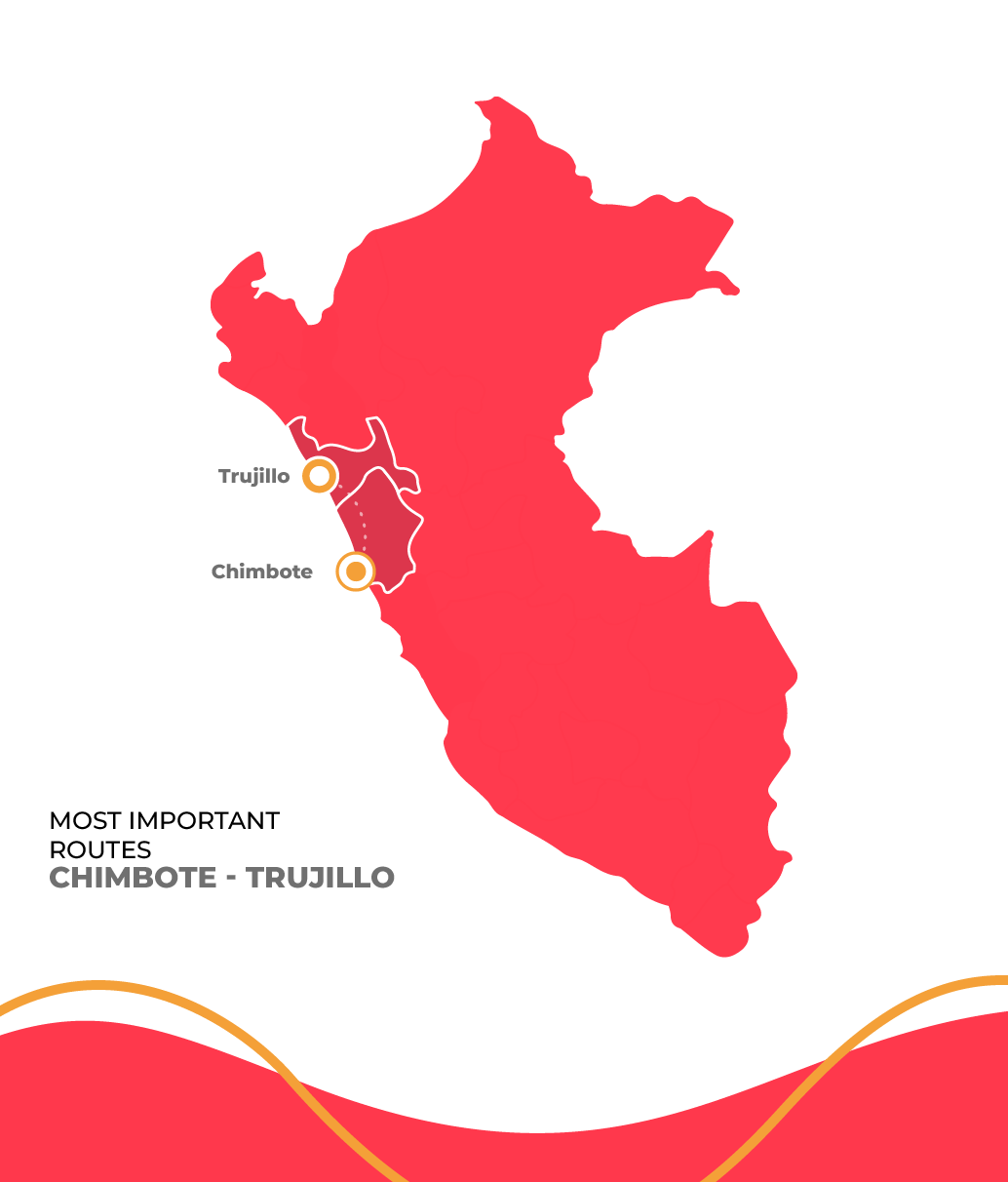Chimbote to Trujillo Bus Ticket - Best Prices on redBus - Exclusive redDeals
Buy cheap bus tickets online for buses from Chimbote to Trujillo with redDeals on redBus, Peru. Get up to 25% off and extra savings on every online booking. Get redDeals on various ticket types including roundtrip, early bird, last minute, trial and holiday tickets. Enjoy the low price on your travel bookings with redBus. You can enjoy the following 2 redDeals on buses from Chimbote to Trujillo:
- PERCENT Discount By America Express: Get 10% Extra OFF. offer valid till 30 Mar 2026
- LASTMIN Discount By America Express: Get 15% Extra OFF. offer valid till 30 Dec 2025
